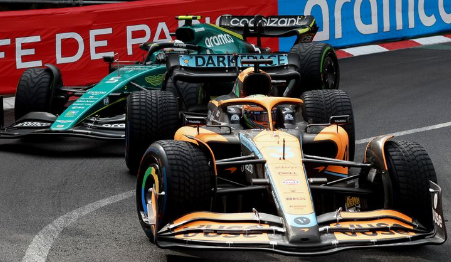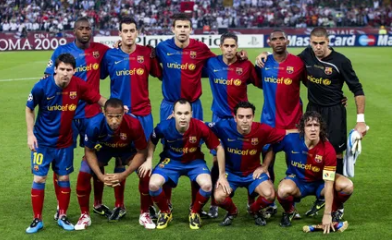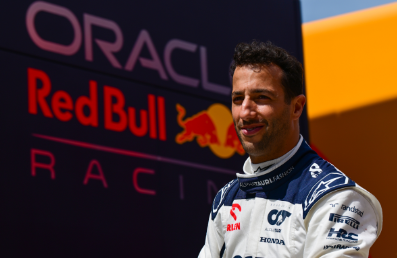Filed under:
The 2023 season held a very consistent first place but beyond that teams moved about more freely. A season that started as an absolute disaster for some finished with the best potential in years, and for others a strong start wasn’t enough to matter in the end. The two teams in question are of course McLaren and Aston Martin who had parallel seasons. Early season designs for both showed opposite results but they both ended the season with upgrades. By looking at the epic highs and lows of both teams' seasons we see a trend that has plagued so many and that is the hunger for unlimited upgrades.
Aston Martin started the 2023 season with remarkable pace, mostly coming from their new signing Fernando Alonso. Their cars were consistently at the front of the pack and it served as a major shock to many who expected the team to be taking a back seat this year. Aston Martin’s came from many places but the two highlighted the best were the down force it was able to generate and the sterling control. We saw a few teams struggle with these aspects early on, the teams early successes helped them be on top.
Beyond just the technical we saw one driver in particular succeed. Fernado Alonso, who replaced Sebastian Vettel after he retired to give a rookie a chance, may have gotten his seat in part because of his past wins but he definitely earned it this season. Aston Martin's car in the early part of the year really played into the older drivers skill set. The well set up steering allowed for him to navigate his way around the track in his usual style, defending when he needed and having the control to launch clean attacks. This gained the driver and the team their early podiums.
On the other half of the grid, McLaren spent their early races bringing up the rear. The team also had a new driver in the likes of rookie Oscar Piastri after the release of Daniel Ricciardo the combination of a bad car and a rookie definitely hurt the team's early results. The McLaren car struggled a lot, it had too much drag and just not enough pace plain and simple. This technology failure meant we didn’t see good ranks or the potential of what would become the rookie of the year.
Right before the summer break McLaren unveiled new upgrades to their car which made it to the podium at Silverstone. This podium set the early precedent for what would become the team’s second half of the season. Between senior driver Lando Norris and rookie driver Oscar Piastri the team began to move up the ranks with Piastri even winning a sprint race and Norris bringing the fight to Verstappen many times. The lows of the early season gave rise to a much faster car with a much stronger team.
Both teams launched upgrades that had dramatically different results that changed the trajectory of the season so where and who went wrong. Starting off at the beginning McLaren’s big failure came with poor anticipation and a design that just wasn’t up to standard. Aston Martin however had the advantage of a solid starting design and this season they were one of the few teams who started with a car that actually had consistent pace. The difference wasn’t the act of the upgrades or the time or mentality, the reason McLaren succeeded where Aston Martin failed was the nature of the upgrades and the gift of foresight.
Aston Martin upgrades which were meant to help keep a top spot amongst increasingly competitive cars which in an ideal world could have been a competition for Red Bull ended up making the car significantly slower. The upgrades seemed to increase downforce likely in an attempt to gain just a few seconds; the issue is at the time of these upgrades the remaining races were all tracks that are hard on downforce. This created a car that had to fight to go forward and didn’t use the airflow properly leading to a car driver Fernando Alsonso described as slower than everyone else. Alsonso was right what was meant to make the car a competitor turned it into something slow and hard to handle.
When McLaren launched their upgrades the team had little to lose giving them somewhat of a design advantage even if it wasn’t perfect, not much could have been worse. The changes brought to the team involved a car that’s easier to control and that uses its power more efficiently giving them a strong pace in not only straights but corners as well. These changes were made midway through the season where the remaining tracks varied enough to where it was undeterminable which aspect would give the most benefit meaning the team focused improvements on what was struggling. In doing this they created a much stronger car over all.
Comparing the two teams the highlight where and when upgrades work best. McLaren focused their upgrade on a need for internal improvements which gave them a stronger direction for results that could show real improvement. This focus on internal problems helped to better the effectiveness of the upgrades. Comparing this with Aston Martin who’s upgrades were more focused on external factors like trying to keep up as more and more teams were succeeding. These upgrades weren’t as focused on targeted areas where the team actually struggled and so instead worked to amplify the issues already present at the tracks.
Aston Martin can still easily be strong competitors but in their current state they’re trying to achieve perfection which will only lead to more less than ideal upgrades in a time frame that doesn’t work well to actually improve. Targeted upgrades based on strong internal issues are most effective and when those aren’t present at the very least upgrades that actually take into account the shared features of tracks left on the calendar should be taken into account. Going into 2024 McLaren and their ability to properly adapt and upgrade gives them a huge advantage especially over teams like Aston Martin who can build a good car but can’t adapt to the changing landscape.




